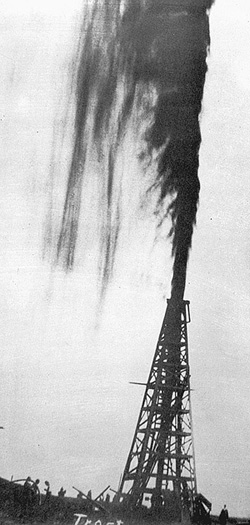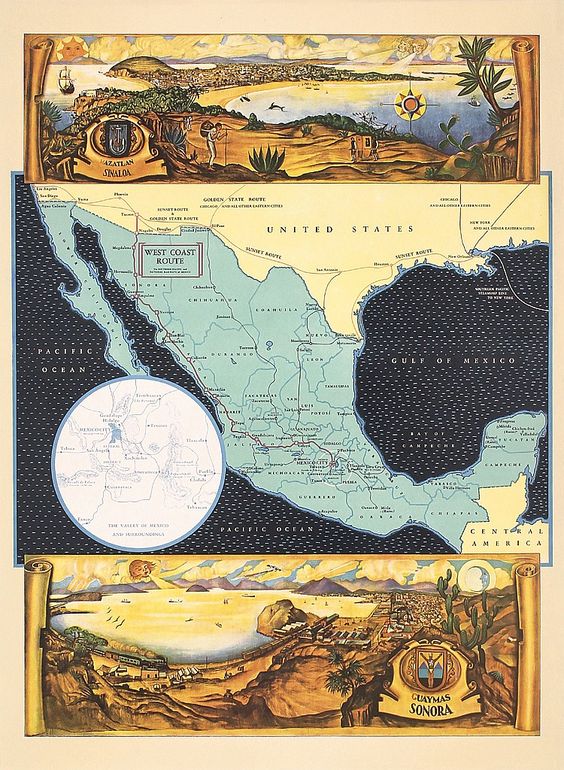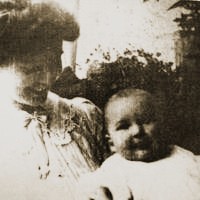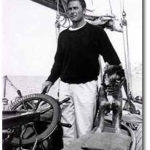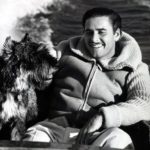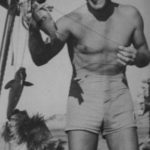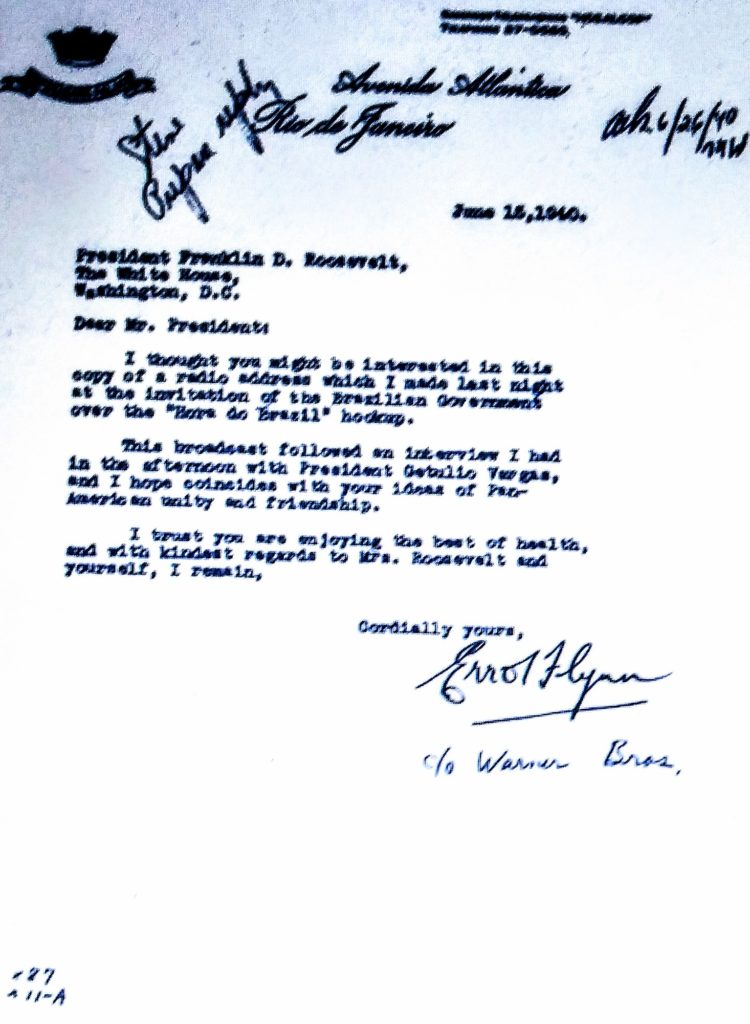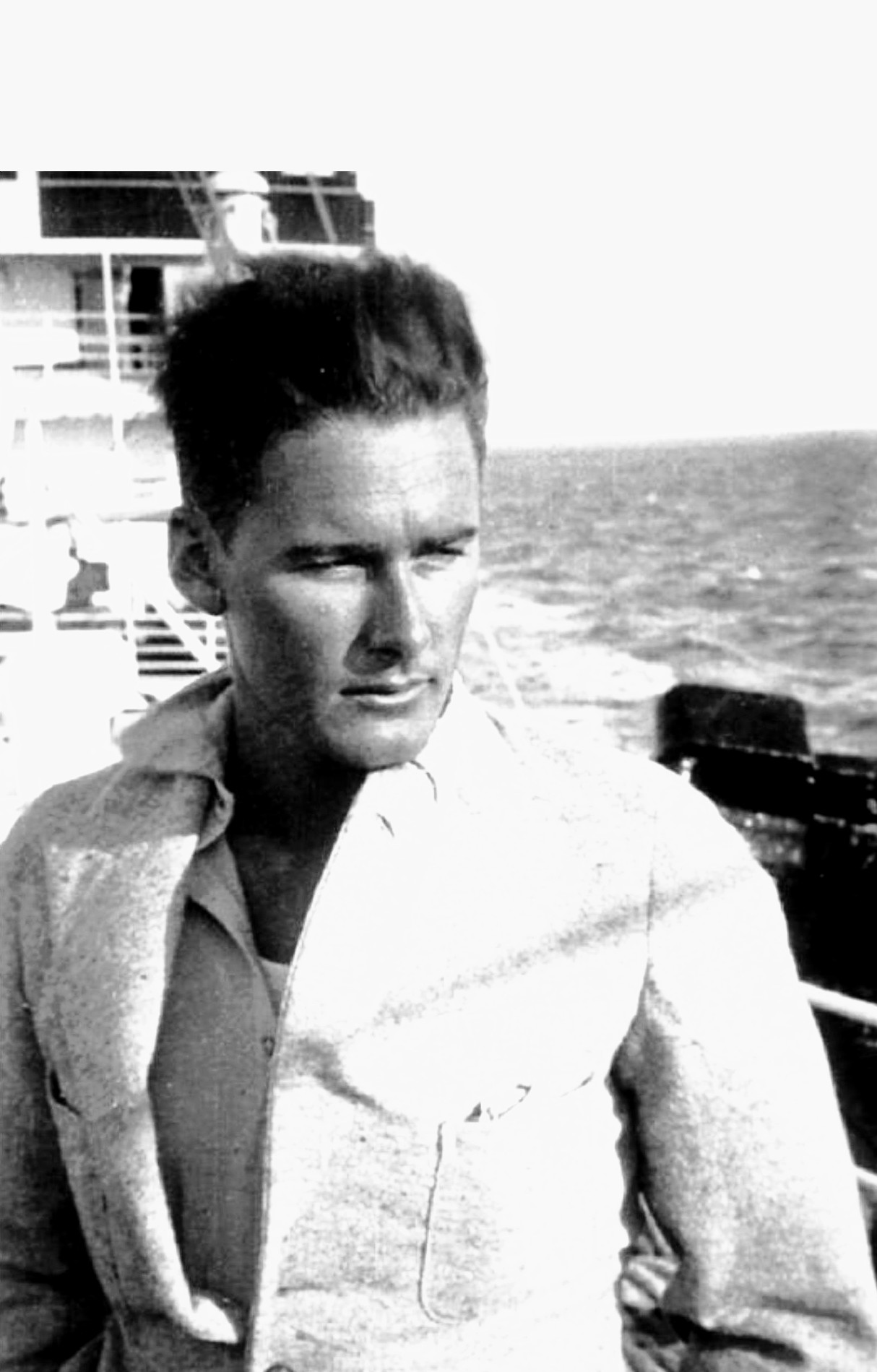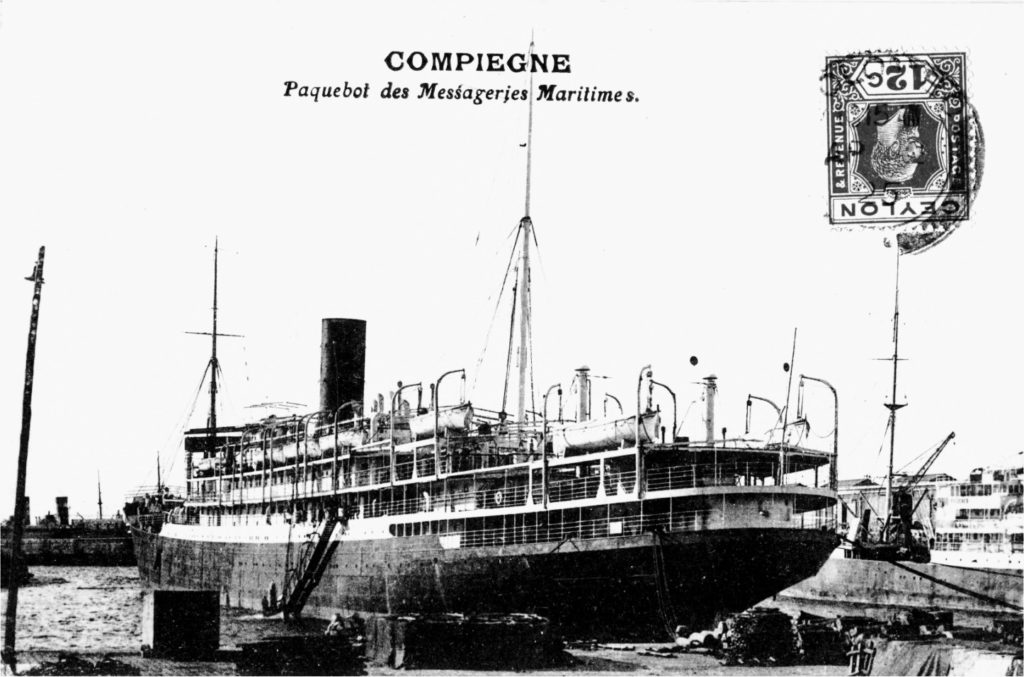YOU WILL PROBABLY REMEMBER THESE NAMES IF YOU ARE OLD ENOUGH
We all know Errol served in his own way. With his tours Etc
THE OLDER PEOPLE WILL REMEMBER THESE & THE YOUNGER ONES CAN LEARN ABOUT OUR PAST. THIS BROUGHT BACK A LOT OF MEMORIES. COMPARE WITH HOLLYWOOD TODAY!
Sterling Hayden , US Marines and OSS . Smuggled guns into Yugoslavia and parachuted into Croatia .
James Stewart , US Army Air Corps. Bomber pilot who rose to the rank of General.
Ernest Borgnine , US Navy. Gunners Mate 1c, destroyer USS Lamberton.
Ed McMahon, US Marines. Fighter Pilot. (Flew OE-1 Bird Dogs over Korea as well.)
Telly Savalas , US Army.
Walter Matthau, US Army Air Corps., B-24 Radioman/Gunner and cryptographer.
Steve Forrest , US Army. Wounded, Battle of the Bulge.
Jonathan Winters, USMC. Battleship USS Wisconsin and Carrier USS Bon Homme Richard. Anti-aircraft gunner, Battle of Okinawa
Paul Newman, US Navy Rear seat gunner/radioman, torpedo bombers of USS Bunker Hill
Kirk Douglas, US Navy Sub-chaser in the Pacific. Wounded in action and medically discharged.
Robert Mitchum , US Army.
Dale Robertson , US Army. Tank Commander in North Africa under Patton. Wounded twice Battlefield Commission.
Henry Fonda , US Navy. Destroyer USS Satterlee.
John Carroll , US Army Air Corps. Pilot in North Africa . Broke his back in a crash.
Lee Marvin US Marines. Sniper. Wounded in action on Saipan . Buried in Arlington National Cemetery , Sec. 7A next to Greg Boyington and Joe Louis.
Art Carney , US Army. Wounded on Normandy beach, D-Day. Limped for the rest of his life.
Wayne Morris, US Navy fighter pilot, USS Essex . Downed seven Japanese fighters.
Rod Steiger , US Navy Was aboard one of the ships that launched the Doolittle Raid.
Tony Curtis , US Navy. Sub tender USS Proteus. In Tokyo Bay for the surrender of Japan
Larry Storch. US Navy. Sub tender USS Proteus with Tony Curtis.
Forrest Tucker, US Army. Enlisted as a private, rose to Lieutenant.
Robert Montgomery , US Navy.
George Kennedy , US Army. Enlisted after Pearl Harbor , stayed in sixteen years.
Mickey Rooney , US Army under Patton. Bronze Star.
Denver Pyle , US Navy. Wounded in the Battle of Guadalcanal . Medically discharged.
Burgess Meredith , US Army Air Corps.
DeForest Kelley , US Army Air Corps.
Robert Stack , US Navy. Gunnery Officer.
Neville Brand , US Army, Europe . Was awarded the Silver Star and Purple Heart
Tyrone Power, US Marines. Transport pilot in the Pacific Theater.
Charlton Heston , US Army Air Corps. Radio operator and aerial gunner on a B-25, Aleutians
Danny Aiello , US Army. Lied about his age to enlist at 16. Served three years.
James Arness , US Army. As an infantryman, he was severely wounded at Anzio , Italy .
Efram Zimbalist, Jr., US Army. Purple Heart for a severe wound received at Huertgen Forest
Mickey Spillane, US Army Air Corps, Fighter Pilot and later Instructor Pilot.
Rod Serling. US Army. 11th Airborne Division in the Pacific. He jumped at Tagaytay in the Philippines and was later wounded in Manila .
Gene Autry , US Army Air Corps. Crewman on transports that ferried supplies over “The Hump” in the China-Burma-India Theater.
William Holden , US Army Air Corps.
Alan Hale Jr, US Coast Guard.
Russell Johnson , US Army Air Corps. B-24 crewman who was awarded Purple Heart when his aircraft was shot down by the Japanese in the Philippines
William Conrad , US Army Air Corps. Fighter Pilot.
Jack Klugman , US Army.
Frank Sutton , US Army. Took part in 14 assault landings, including Leyte, Luzon, Bataan and Corregidor .
Jackie Coogan , US Army Air Corps. Volunteered for gliders and flew troops and materials into Burma behind enemy lines.
Tom Bosley , US Navy.
Claude Akins , US Army. Signal Corps. , Burma and the Philippines
Chuck Connors , US Army. Tank-warfare instructor.
Harry Carey Jr., US Navy.
Mel Brooks , US Army. Combat Engineer. Saw action in the Battle of the Bulge
Robert Altman , US Army Air Corps. B-24 Co-Pilot.
Pat Hingle , US Navy. Destroyer USS Marshall
Fred Gwynne , US Navy. Radioman.
Karl Malden , US Army Air Corps. 8th Air Force, NCO.
Earl Holliman , US Navy. Lied about his age to enlist. Discharged after a year when they Navy found out.
Rock Hudson , US Navy. Aircraft mechanic, the Philippines .
Harvey Korman , US Navy.
Aldo Ray. US Navy. UDT frogman, Okinawa .
Don Knotts , US Army, Pacific Theater.
Don Rickles , US Navy aboard USS Cyrene.
Harry Dean Stanton , US Navy Served aboard an LST in the Battle of Okinawa
Soupy Sales, US Navy. Served on USS Randall in the South Pacific.
Lee Van Cleef , US Navy. Served aboard a sub chaser then a mine sweeper.
Clifton James , US Army, South Pacific. Was awarded the Silver Star, Bronze Star, and Purple Heart.
Ted Knight , US Army, Combat Engineers.
Jack Warden , US Navy, 1938-1942, then US Army, 1942-1945. 101st Airborne Division.
Don Adams. US Marines. Wounded on Guadalcanal , then served as a Drill Instructor.
James Gregory, US Navy and US Marines.
Brian Keith, US Marines. Radioman/Gunner in Dauntless dive-bombers.
Fess Parker, US Navy and US Marines. Booted from pilot training for being too tall, joined Marines as a radio operator.
Charles Durning. US Army. Landed at Normandy on D-Day. Shot multiple times. Awarded the Silver Star and Bronze Star and three Purple Hearts.SurvivedMalmedy Massacre.
Raymond Burr , US Navy. Shot in the stomach on Okinawa and medically discharged.
Hugh O’Brian, US Marines.
Robert Ryan, US Marines.
Eddie Albert , US Coast Guard. Bronze Star with Combat V for saving several Marines under heavy fire as pilot of a landing craft during the invasion of Tarawa
Cark Gable , US Army Air Corps. B-17 gunner over Europe .
Charles Bronson , US Army Air Corps. B-29 gunner, wounded in action.
Peter Graves , US Army Air Corps.
Buddy Hackett , US Army anti-aircraft gunner.
Victor Mature, US Coast Guard.
Jack Palance, US Army Air Corps. Severely injured bailing out of a burning B-24 bomber.
Robert Preston , US Army Air Corps. Intelligence Officer
Cesar Romero , US Coast Guard. Participated in the invasions of Tinian and Saipan on the assault transport USS Cavalier.
Norman Fell , US Army Air Corps., Tail Gunner, Pacific Theater.
Jason Robards , US Navy. Was aboard heavy cruiser USS Northampton when it was sunk off Guadalcanal . Also served on the USS Nashville during the invasion of the Philippines , surviving a kamikaze hit that caused 223 casualties
Steve Reeves, US Army , Philippines .
Dennis Weaver, US Navy. Pilot.
Robert Taylor , US Navy. Instructor Pilot.
Randolph Scott. Tried to enlist in the Marines but was rejected due to injuries sustained in US Army, World War 1.
Ronald Reagan. US Army. Was a 2nd Lt. in the Cavalry Reserves before the war. His poor eyesight kept him from being sent overseas with his unit when war came so he transferred to the Army Air Corps Public Relations Unit where he served for the duration.
John Wayne Declared “4F medically unfit” due to pre-existing injuries, he nonetheless attempted to volunteer three times (Army, Navy and Film Corps.
so he gets honorable mention.
And of course we have Audie Murphy , America ‘s most-decorated soldier, who became a Hollywood star as a result of his US Army service that included his being awarded the Medal of Honor.
Would someone please remind me again how many of today’s Hollywood elite put their careers on hold to enlist in Iraq or Afghanistan ? The only one
who even comes close was Pat Tillman, who turned down a contract offer of $36 million over three years from the Arizona Cardinals to enlist in the US Army after September 11, 2001, and serve as a Ranger in Afghanistan , where he died in 2004. But rather than being lauded for his choice and his decision to put his country before his career, he was mocked and derided by many of his peers.
Ladies and Gentlemen, I submit to you that this is not the America today that it was seventy years ago. And I, for one, am saddened. My generation grew up watching, being entertained by and laughing with so many of these fine people, never really knowing what they contributed to the war effort.
Like millions of Americans during the WWII, there was a job that needed doing they didn’t question, they went and did it, those that came home returned to their now new normal life and carried on, very few ever saying what they did or saw.
They took it as their “responsibility”, their “duty” to Country, to protect and preserve our freedoms and way of life, not just for themselves but for all future generations to come. As a member of a later generation, I’m forever humbly in their debt!
Please pass this on to remind people of what real men were like, not the show dogs of today’s screen.
— tassie devil
